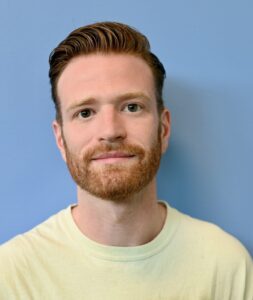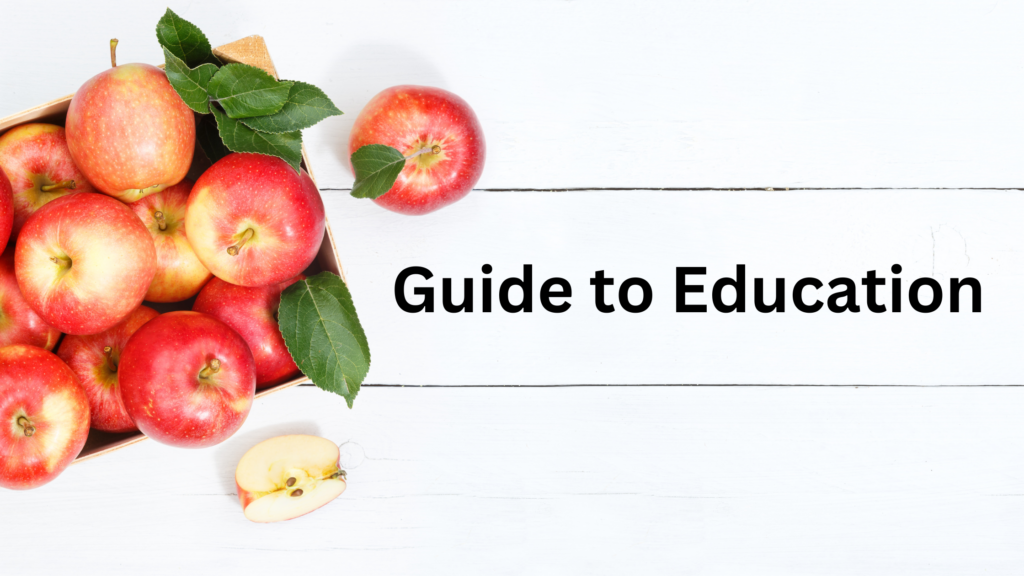by Angela Young, Open School staff
October 7, 2022
We caught a great moment on campus last week. One of our students, Charlotte, was playing a game where she asked a staff member, Aaron, math questions and then checked the answer using a calculator. Through play, Charlotte was connecting the dots between concepts while experiencing what it felt like to be the questioner who demands an answer.
There were jokes and giggles, standing up and sitting down, fidgeting with a toy and drinking water, and walking around at times to see from a different angle. There was no feeling that something was “trying” to be learned here. This was just fun.
But many things were being learned here. As Charlotte tiptoed into a world she may not have known before, she was experiencing math as intriguing, not intimidating or obligatory, and certainly not a symbol of their worth or ability as a student. She was simply learning that this world existed, and it would be there if she ever wanted to explore it further.
At one point Aaron made a mistake giving an answer, and everyone saw first hand that adults are not beyond reproach, and that mistakes are part of learning. Math does not have to connote feelings of pressure to live up to its perfection; instead it can be filled with the spirit of curiosity and experimentation.
There was a great bit of learning for the adults in the room, too. When asked to do long division, Aaron could explain the concept, but when it came to actually doing the equation on paper, his many years of memorization and repetition performed during his elementary years fell short.
“Wait, what do you do again after you subtract those two numbers?”
At this point I decided to give it a try. After a moment of scribbling I asked, “Huh, do you start from the left or the right? I can’t remember.”
Now, had Charlotte asked to be shown how to do long division on paper, the staff would surely have assisted in finding the correct formula either online or elsewhere. (Which is valuable learning in itself: learning to source information.) But that’s not what she was asking. She wanted to play a particular game, not delve into formulas.
So, this foggy memory had the chance to turn into a moment of realization. It demonstrated that information we don’t use or find interest in usually fades. And that most people who need to do long division don’t do it on paper, they use a calculator, just as Charlotte did.
This brought to my mind some questions:
Why do most schools consider these math tools an essential part of the curriculum?
Are we just repeating cultural traditions without questioning their actual usefulness?
And what might we be sacrificing when we impose these traditions?
Self-directed education does not mean a child will never learn how to do long division on paper or become proficient at math. It means subjects will be learned if and only if there is actual purpose, curiosity, or a calling for it. And that is how learning works, anyways. What we see relevance in, we learn with greater ease. And what we find meaningful and useful, we remember.
When we stop projecting our academic fears and compulsory traditions onto children, there is space for math to be experienced as the delicious bits of information that it is. For it to be stumbled upon with curiosity, pursued with purpose, and even appreciated, perhaps as one appreciates art—for its beauty in symmetry, and mysterious presence in everything we see around us.
This is how we learn to honor math in the way it deserves, not by forcing it on every student who walks through the doors of a classroom. And by allowing students to discover it on their own terms, we learn to honor the spirit of education that still lives in our youth.
Oh, and one more thing: How do you choose to solve 9,996 divided by 8?




